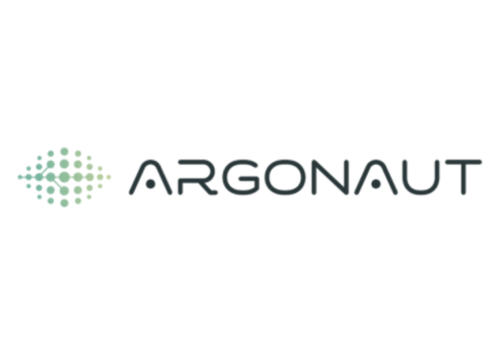The aim of this project is to develop an innovative numerical modelling methodology that is suitable for excavation scale simulation of geological repositories.
The method, termed “Adaptive Continuum/Discontinuum Code” (AC/DC) will be developed from existing algorithms. Full validation of the codes will be carried out using laboratory and in situ acoustic emission and microseismic data collected in previous experiments. Further laboratory tests will be carried out during the proposed project for validation of the performance of both short- and long-term rock mass behaviour.
The resulting methodology will be optimised for use on a large parallel supercomputer that is available for use on this project. The AC/DC represents a significant advance over current numerical modelling approaches and will have a wide range of application in waste repository engineering, including feasibility studies.
-A software program called AC/DC has been created for modelling 3-D rock behaviour on the parallel-computing facility at Liverpool University. The codes for AC/DC are in a form that is portable to other existing and future parallel-computing facilities;
-A software program called ACDCVIS has been produced for visualizing, analysing, and validating the results in 3-D from the AC/DC models;
-A laboratory data set comprising of ultrasonic velocity and stress probe data has been collected, processed, and analyzed from a true triaxial rock sample test. A second data set comprising of AE data is planned to be collected and processed;
-A calibrated procedure has been determined for modelling the static behaviour of laboratory rock samples under certain loading conditions using PFC3D (one of the two main parts of AC/DC);
-A set of calibrated algorithms have been determined for modelling the dynamic behaviour of laboratory rock samples under certain loading conditions using PFC3D;
-An AE or microseismic (MS) validation data set from an insitu (field-monitoring) excavation study is being considered for analysis. Data that is likely to be considered is from the Prototype Experiment at SKB where an AE array is currently monitoring the effects of heaters installed in real size canister deposition holes at 450m depth at the HRL;
-A validated procedure for modeling the static and dynamic behaviour of excavation scale studies using AC/DC is planned to be achieved by the end of the project.
More information under: https://cordis.europa.eu/result/rcn/47402_en.html




